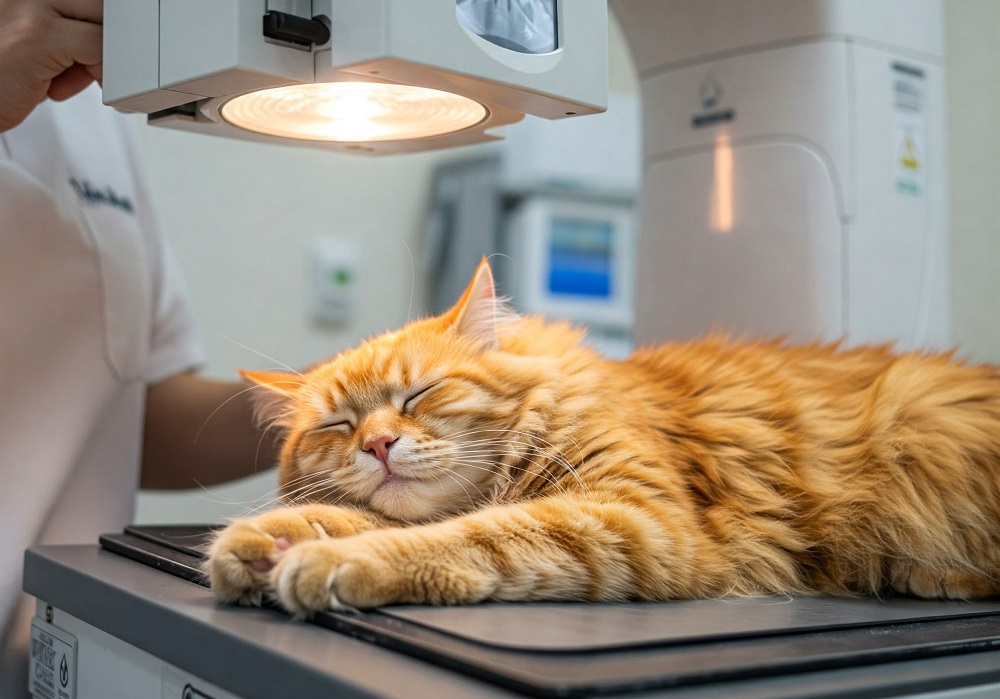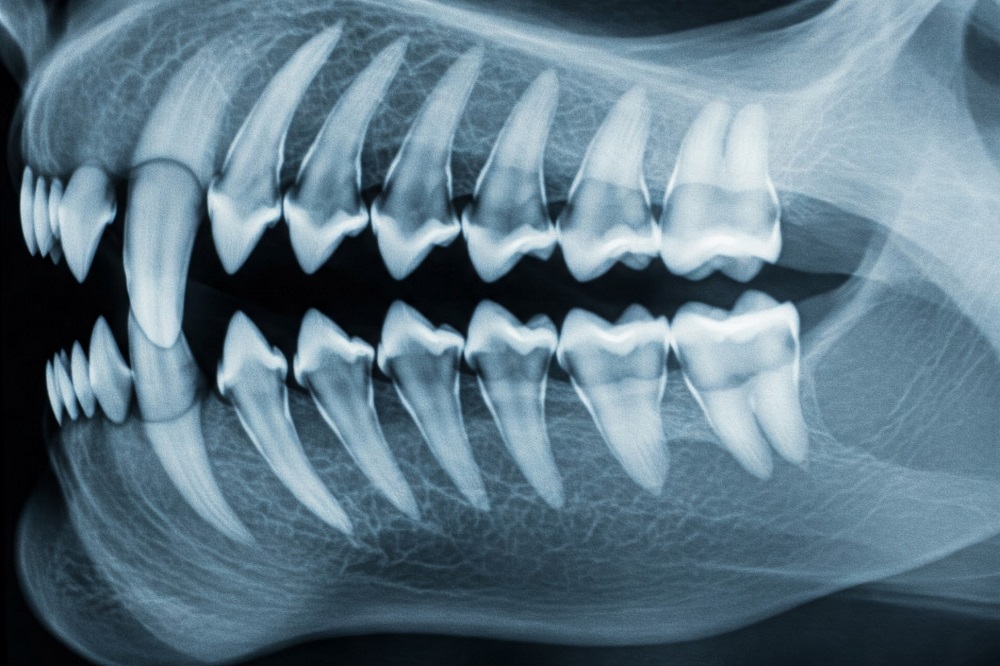
When it comes to our feline companions, dental health often goes under the radar. We may notice when their breath is a little funky or if they’re chewing oddly, but rarely do cat owners consider what’s going on beneath the surface. That’s where dental X-rays come in.
Veterinarians now recommend dental radiographs as a crucial part of a cat’s oral health assessment—but are they necessary?
Let’s explore what dental X-rays are, what they reveal, why they matter, and when your cat might need them.
What Are Dental X-Rays?
Dental X-rays, also called intraoral radiographs, are specialized images taken to capture the structures beneath the gum line—areas that are invisible to the naked eye. Just like in human dentistry, these X-rays use low doses of radiation to produce detailed images of a cat’s teeth, roots, jawbone, and surrounding tissues.
Unlike full-body X-rays that may be taken for injury or illness, dental radiographs focus specifically on the mouth. They can help detect problems like tooth resorption, abscesses, bone loss, fractures, and retained roots, which would otherwise go unnoticed during a routine visual exam.
Why Can’t Vets Just Look in the Mouth?
At first glance, your cat’s teeth might look perfectly fine. But the truth is, a large portion of dental disease in cats lies below the gum line. In fact, up to 70% of the tooth is hidden from view.
This means that a vet can’t accurately diagnose many dental conditions without X-rays. For example:
- A cat may have a tooth that looks intact, but the root may be fractured or decayed.
- The crown (visible part) might seem clean, but the supporting bone structure could be deteriorating.
- Inflammatory conditions like feline chronic gingivostomatitis may appear mild externally but be far more serious inside the gums and jaw.
Without radiographs, treatment plans are often based on guesswork or assumptions—which isn’t ideal when dealing with a pet’s pain or long-term health.

Common Conditions Dental X-Rays Can Reveal
Here are several common issues that dental X-rays can detect early or confirm:
1. Tooth Resorption
A very common issue in cats, affecting nearly two-thirds of cats over age 5. It’s a condition where the tooth begins to break down from the inside. It’s painful and progressive—but not always visible without imaging.
2. Periodontal Disease
This gum disease often involves bone loss, which only X-rays can show. By catching it early, vets can clean or extract affected teeth before the infection worsens.
3. Retained Roots
Sometimes, a tooth is broken or extracted improperly, and part of the root remains behind. This can cause infections or chronic pain and is invisible without radiographs.
4. Jaw Fractures or Bone Abnormalities
Especially in senior cats or those with oral trauma, X-rays help identify fractures, cysts, or tumors that could impact eating or quality of life.
5. Oral Masses and Tumors
X-rays help determine the extent of oral tumors, cysts, or masses beneath the gums, especially if surgical planning is needed.
Are Dental X-Rays Safe for Cats?
Yes. Dental X-rays are very safe, especially when performed by trained veterinary professionals. The level of radiation exposure is minimal and is considered harmless, especially since these images are only taken occasionally—not routinely like human dental check-ups.
However, one thing that surprises many pet owners is that anesthesia is required for dental X-rays in cats. Why? Because cats won’t stay still or tolerate having equipment in their mouths. For safety and accuracy, the cat is anesthetized, and then full-mouth X-rays can be taken quickly and painlessly.
When Should Cats Get Dental X-Rays?
Veterinary dental specialists recommend full-mouth dental X-rays:
- During the first professional dental cleaning (typically around age 1–2)
- With every subsequent dental cleaning or oral surgery
- When there are signs of pain, drooling, bad breath, bleeding, or swelling
- Before or after tooth extractions
- If your cat is a breed prone to dental issues (e.g., Persians, Siamese)
Cats with chronic conditions like kidney disease, diabetes, or autoimmune disorders may also benefit from more frequent evaluations, as these conditions can exacerbate oral health problems.
What Happens After the X-Rays?
Once the X-rays are taken, your vet will review the images and identify any issues. Based on the findings, the next steps may include:
- Teeth cleaning to remove tartar and plaque
- Tooth extraction if there’s significant damage or infection
- Antibiotic treatment for infections
- Pain management for conditions like stomatitis or resorption
Most cats recover quickly from anesthesia and can go home the same day, especially if no major procedures were needed.
Final Thoughts: Are They Worth It?
So, are dental X-rays for cats necessary?
Absolutely. They’re not just a luxury or “extra” service. They are a critical diagnostic tool that allows vets to see the full picture of your cat’s dental health. Without them, many painful and progressive conditions would go undetected until it’s too late.
As cat parents, our goal is to give our pets the healthiest, happiest lives possible. Investing in dental X-rays as part of regular veterinary care can make a significant difference in your cat’s comfort, longevity, and overall well-being.
